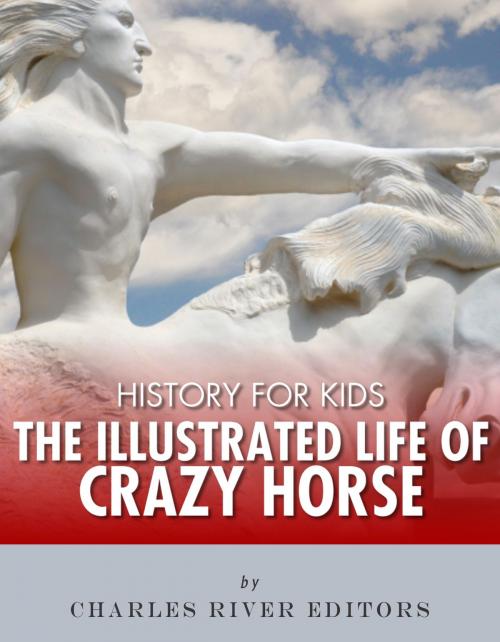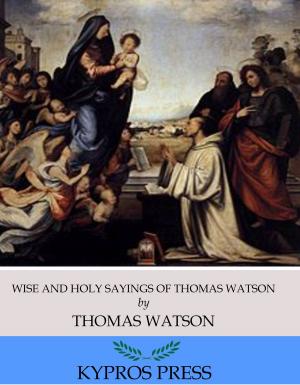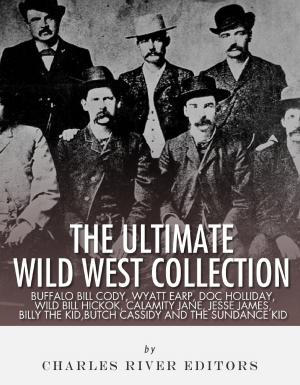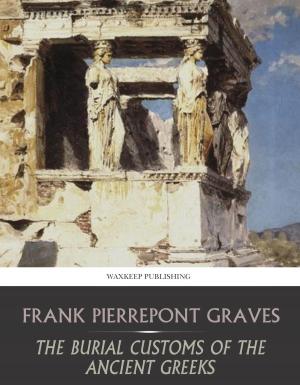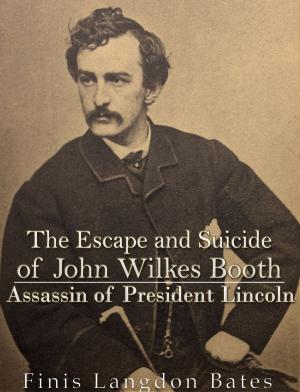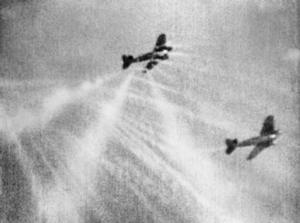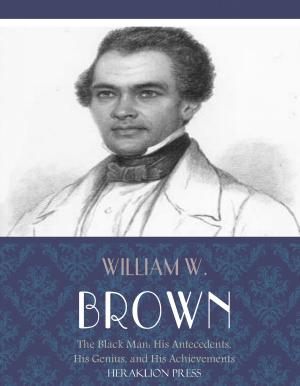History for Kids: The Illustrated Life of Crazy Horse
Kids, People and Places, Biography, Non-Fiction, Music, Historical| Author: | Charles River Editors | ISBN: | 9781475324136 |
| Publisher: | Charles River Editors | Publication: | June 7, 2013 |
| Imprint: | Language: | English |
| Author: | Charles River Editors |
| ISBN: | 9781475324136 |
| Publisher: | Charles River Editors |
| Publication: | June 7, 2013 |
| Imprint: | |
| Language: | English |
*Perfect for ages 7-9*Includes pictures of Crazy Horse and important people and places in his life.*Includes oral legends about Crazy Horse and the Sioux.*Explains the Battle of the Little Bighorn and George Custer."Upon suffering beyond suffering: the Red Nation shall rise again and it shall be a blessing for a sick world. A world filled with broken promises, selfishness and separations. A world longing for light again. I see a time of Seven Generations when all the colors of mankind will gather under the Sacred Tree of Life and the whole Earth will become one circle again.” Crazy HorseIn Charles River Editors History for Kids series, your children can learn about historys most important people and events in an easy, entertaining, and educational way. Pictures help bring the story to life, and the concise but comprehensive book will keep your kids attention all the way to the end. As he lay dying, Tashunke Witco, whose name is literally translated as “His Horse is Spirited” or “His Horse is Crazy,” refused to be placed on an army cot, and he insisted upon being placed on the floor. He had spent his life avoiding white people whenever possible, and after he died, his cousin Touch the Clouds pointed to the blanket covering the dead Chiefs body and said, “This is the lodge of Crazy Horse.” Throughout his life, Crazy Horse tried to live the life his people had enjoyed for centuries. He never signed a treaty with the U.S. government and was never photographed, largely because he wanted to avoid contact with the settlers encroaching further west upon Native American lands. By staying away from white settlements and military forts, he thus avoided the places where a photographer might be lurking. As the great Lakota leaders surrendered to the U.S. military or were killed, they became symbols of the qualities and character of their people. Red Cloud is often referred to as a symbol of Sioux concession. Sitting Bull is considered symbolic of Sioux spirituality. Crazy Horse, because he delayed surrender and never entered into treaty agreements with the U.S. military, became a symbol of Sioux resistance.Crazy Horse may have fervently wished to avoid white settlers, but hes a Native American icon today because of the inability to do so. Like Geronimo in the Southwest and Sitting Bull on the Plains, Crazy Horse was a chief who fought in several skirmishes against settlers and U.S. forces during the 1860s, and he became one of the most famous Native Americans in American history because of one fateful confrontation with whites: the legendary Battle of the Little Bighorn, during which an estimated 2,000 Lakota and Cheyenne warriors routed and then annihilated the 7th U.S. Cavalry led by George Custer. That disaster led the American government to double down on its efforts to “pacify” the Plains, and by the end of the decade many of them had surrendered and been moved onto a reservation. Like Sitting Bull, Crazy Horse tried to avoid surrendering for as long as he could, and both suffered a controversial death. History for Kids: The Illustrated Life of Crazy Horse chronicles the amazing life of the Lakota leader who defiantly fought to save his peoples homeland, but it also humanizes the man who became one of the most famous Native Americans in American history. Along with pictures of important people, places, and events, your kids will learn about Crazy Horse like never before.
*Perfect for ages 7-9*Includes pictures of Crazy Horse and important people and places in his life.*Includes oral legends about Crazy Horse and the Sioux.*Explains the Battle of the Little Bighorn and George Custer."Upon suffering beyond suffering: the Red Nation shall rise again and it shall be a blessing for a sick world. A world filled with broken promises, selfishness and separations. A world longing for light again. I see a time of Seven Generations when all the colors of mankind will gather under the Sacred Tree of Life and the whole Earth will become one circle again.” Crazy HorseIn Charles River Editors History for Kids series, your children can learn about historys most important people and events in an easy, entertaining, and educational way. Pictures help bring the story to life, and the concise but comprehensive book will keep your kids attention all the way to the end. As he lay dying, Tashunke Witco, whose name is literally translated as “His Horse is Spirited” or “His Horse is Crazy,” refused to be placed on an army cot, and he insisted upon being placed on the floor. He had spent his life avoiding white people whenever possible, and after he died, his cousin Touch the Clouds pointed to the blanket covering the dead Chiefs body and said, “This is the lodge of Crazy Horse.” Throughout his life, Crazy Horse tried to live the life his people had enjoyed for centuries. He never signed a treaty with the U.S. government and was never photographed, largely because he wanted to avoid contact with the settlers encroaching further west upon Native American lands. By staying away from white settlements and military forts, he thus avoided the places where a photographer might be lurking. As the great Lakota leaders surrendered to the U.S. military or were killed, they became symbols of the qualities and character of their people. Red Cloud is often referred to as a symbol of Sioux concession. Sitting Bull is considered symbolic of Sioux spirituality. Crazy Horse, because he delayed surrender and never entered into treaty agreements with the U.S. military, became a symbol of Sioux resistance.Crazy Horse may have fervently wished to avoid white settlers, but hes a Native American icon today because of the inability to do so. Like Geronimo in the Southwest and Sitting Bull on the Plains, Crazy Horse was a chief who fought in several skirmishes against settlers and U.S. forces during the 1860s, and he became one of the most famous Native Americans in American history because of one fateful confrontation with whites: the legendary Battle of the Little Bighorn, during which an estimated 2,000 Lakota and Cheyenne warriors routed and then annihilated the 7th U.S. Cavalry led by George Custer. That disaster led the American government to double down on its efforts to “pacify” the Plains, and by the end of the decade many of them had surrendered and been moved onto a reservation. Like Sitting Bull, Crazy Horse tried to avoid surrendering for as long as he could, and both suffered a controversial death. History for Kids: The Illustrated Life of Crazy Horse chronicles the amazing life of the Lakota leader who defiantly fought to save his peoples homeland, but it also humanizes the man who became one of the most famous Native Americans in American history. Along with pictures of important people, places, and events, your kids will learn about Crazy Horse like never before.
